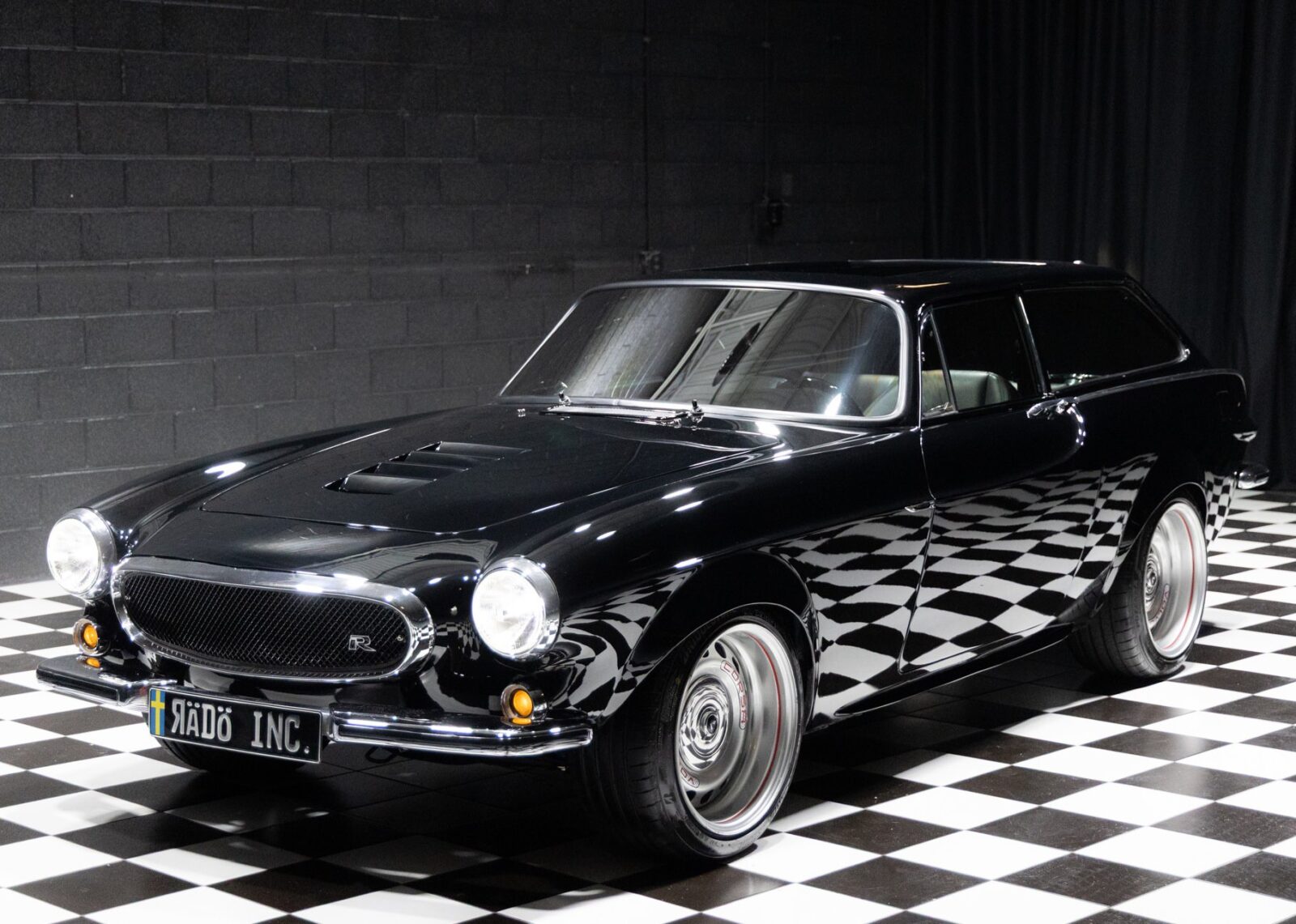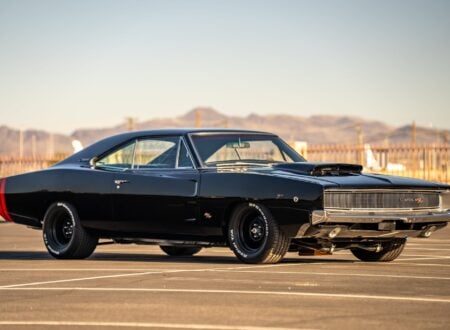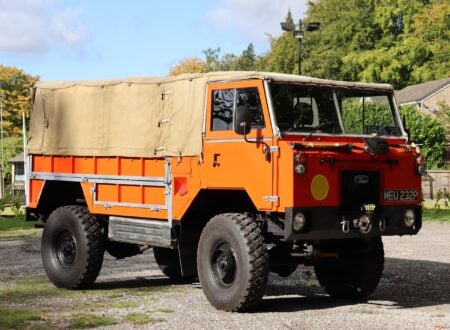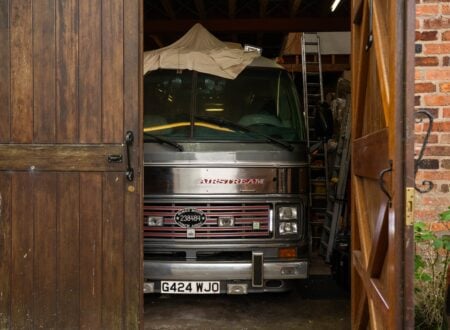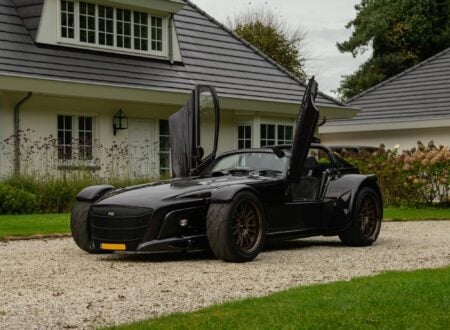This is a 1973 Volvo 1800ES that’s been given a series of major modifications both inside and out. It now has a bespoke interior with a sound system that’ll blow the windows out of cars parked a block away, as well as flared wheel arches, and quite a bit more.
The Volvo 1800ES would be the final iteration of the legendary Volvo P1800, arguably the most beautiful Volvo ever made and a car that was made famous by Simon Templar (Roger Moore) in the 1960s British crime television series “The Saint.”
Fast Facts – The Volvo 1800ES
- The Volvo 1800ES, the final version of the P1800, was developed as a shooting brake by Jan Wilsgaard. It maintained most of the original body while adding a glass tailgate and extended roofline. Just over 8,000 units were sold between 1972 and 1974 and they’re now highly-collectible.
- Initially designed by Pelle Petterson while working under Frua at Ghia, the P1800 was a major success following the failure of the earlier P1900. It ran from 1961 to 1973, achieving fame as Simon Templar’s car in “The Saint” TV series and setting a world record for mileage by Irv Gordon.
- The modified 1973 Volvo 1800ES featured flared wheel arches, custom TMI seating, suede and Alcantara interior details, and billet accessories.
- The car’s standout feature is an extensive high-end sound system with multiple amplifiers, subwoofers, and custom enclosures. It retains the original 2.0 liter B20 engine with Bosch D-Jetronic injection, improved with modern ignition, cooling, and oil system upgrades from IPD and other aftermarket suppliers.
The Volvo P1800 And The Beginning
The Volvo P1800 would turn out to be a great success for the Swedish automaker, but it rose out of the ashes of the wildly unsuccessful Volvo P1900 – a model of which just 68 examples would be built before it was cancelled and relegated to the history books.
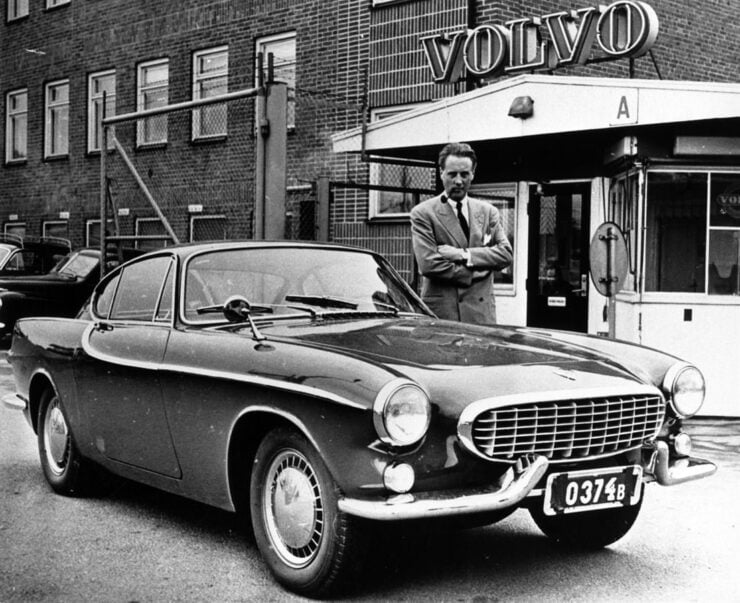

The Volvo P1800 would leave its forebear in the dust, it became the vehicle of choice for the dashing character Simon Templar (Roger Moore) in the TV series The Saint, and it would be a best-seller for Volvo with production running for 12 years between 1961 and 1973.
An 1800S, owned by Irv Gordon in the United States, would become the highest mileage private vehicle driven by the original owner in a non-commercial capacity – reaching 3.25 million miles (over 5.23 million km) by the time he passed away in 2018.
The project to develop the P1800 kicked off in 1957, as Volvo realized they needed an attractive sports car to improve sales in Europe and in the United States. The project was overseen by Helmer Petterson, the man behind the successful earlier Volvo PV444.
Interestingly, Helmer Petterson’s son Pelle Petterson was in Italy working under Italian automotive stylist Pietro Frua at Carrozzeria Ghia. Ghia would be tapped to design the new Volvo, and the project was placed on the desk of Pelle Petterson – presumably the theory being that a Swedish car should be designed by a Swedish stylist.
Petterson’s design was so beautiful it would be approved for the next phase, the building of fully-functional prototypes. The car was based on the Volvo Amazon platform (the 122 series), and the first three prototypes were built between late 1957 and early 1958.
Production began in 1961 and the new model, officially named the Volvo P1800 enjoyed strong demand. Initially, the steel bodies were made by a suitably named company in England, Pressed Steel, who also built bodies for Jensen.
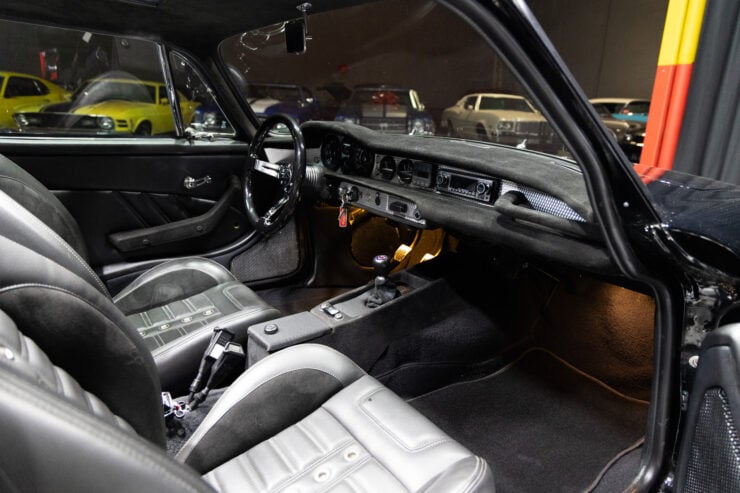

Production would move to Sweden in 1963, and the car would see a rapid fire series of changes to the engine, interior, and some to the body. Initially the car was powered by the 1.8 liter Volvo B18 engine, this was upgraded to the more powerful B20 engine in 1969 and the B20 would then be fuel injected in 1970, raising power output to 130 bhp.
The Arrival Of The Volvo 1800ES
By the early 1970s the Volvo P1800 was starting to look a little long in the tooth. It was still beautiful, but newer designs were taking over and Volvo needed to do something to increase the appeal of the car. The key issue was that they were on a limited budget, and retooling for an entirely new body simply wasn’t feasible.
As a result of all this, in-house designer Jan Wilsgaard’s design of a shooting brake based on the original P1800 body was adopted for production. In Italy, two prototypes had been built by Sergio Coggiola and Pietro Frua however they were considered a little too avant garde by the Volvo board of the time.
Wilsgaard’s design was brilliant in its elegance and simplicity. It kept almost all the stamped steel panels of the original car, with the exception of the roof of course, and required only relatively minor updates to the production line.
For the uninitiated, the shooting brake body design originated in Britain. It’s essentially a two-door station wagon, and the long rear section was used by pheasant hunting parties for laying out their guns, whisky flasks, and cucumber sandwiches, while on a hunt.
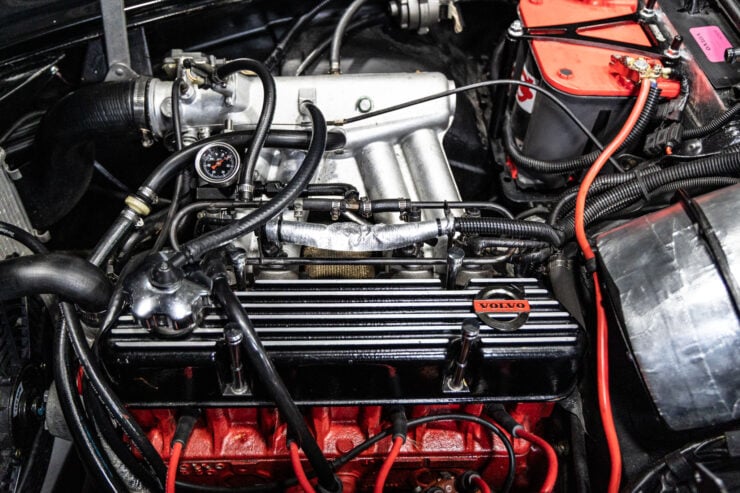

The Volvo shooting brake used long sections of glass along each rear panel and a tailgate made entirely from glass – this was a design first on a production car and the 1800ES remains a common design study in automotive and industrial design schools to this day.
A little over 8,000 examples of the Volvo 1800ES would be sold between 1972 and 1974, when impending crash safety legislation in the United States would have made it obsolete. Today they remain among the most collectible versions of the 1800 family.
The Modified Volvo 1800ES Shown Here
The vehicle you see here started life as a relatively normal 1973 Volvo 1800ES before it was bought by someone who wanted to make it a little less common. The car was given a comprehensive rebuild including welding in flared steel bodywork so that wider wheels and tires could be fitted.
They stripped out the interior and fitted new TMI bucket seats and a custom rear bench seat, a suede dashboard, center console, and armrests, and an Alcantara headliner. The car was also given a Mohnanhan fire extinguisher, a billet ignition button and switches, stainless-steel door sill plates, and aluminum pedal covers.
A Volante split-spoke steering wheel was added with a piano black–finished wood rim, it’s paired with a short-throw shifter with a suede boot and a leather-wrapped AMCO knob. The real standout feature of the interior is the sound system, a major undertaking in its own right.
The sound system consists of a Kicker DXA250.4 amplifier, an OKUR electronics two-channel subwoofer amplifier, a DB Drive electronic crossover, a Voodoo capacitor, Rockford Fosgate R2D2-10 10″ subwoofers, Cadence 8″ woofers mounted in custom kick panels, and Cadence 6.5″ component speakers mounted in custom rear side panels.
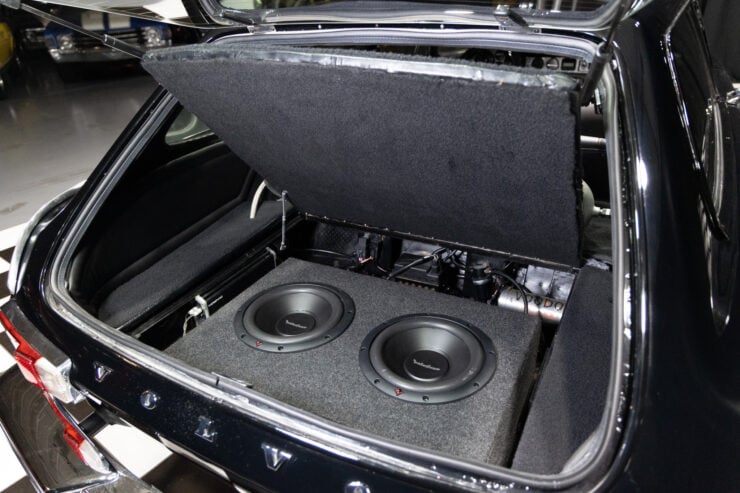

Under the hood you’ll find the 2.0 liter Volvo B20 inline-four with Bosch D-Jetronic fuel injection. During the refurbishment this engine was fitted with a Classic Volvo Restoration (CVR) finned aluminum valve cover, IPD gaskets throughout, an IPD water pump and thermostat, an IPD remote oil cooler, a Bosch ignition coil and spark plugs, Accuspark silicone ignition wires, a replacement distributor cap and rotor, an adjustable fuel pressure regulator, and an Optima Redtop battery.
The car is now being offered for sale out of Addison, Illinois and the seller notes that it comes with a car cover, spare parts, and a clean Illinois title in the seller’s name. If you’d like to read more or place a bid you can visit the listing here.

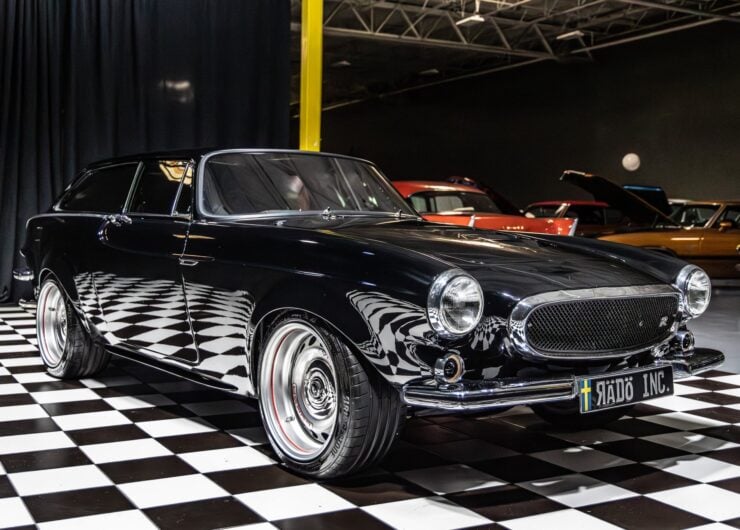
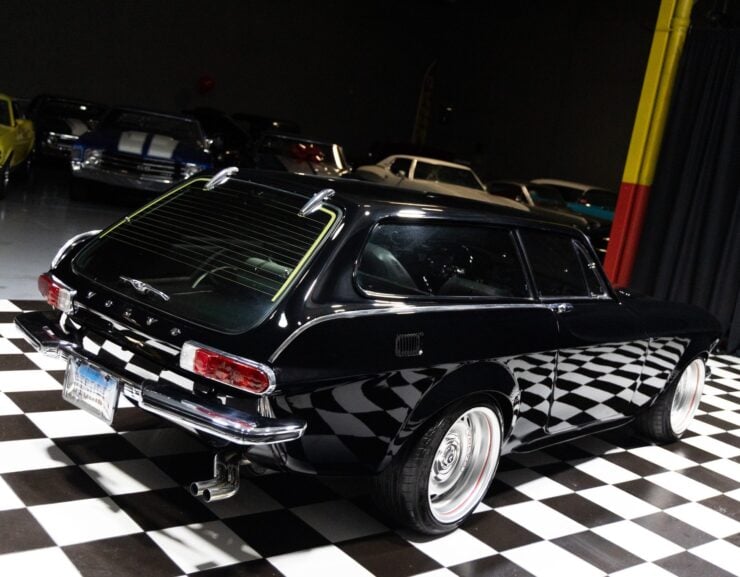
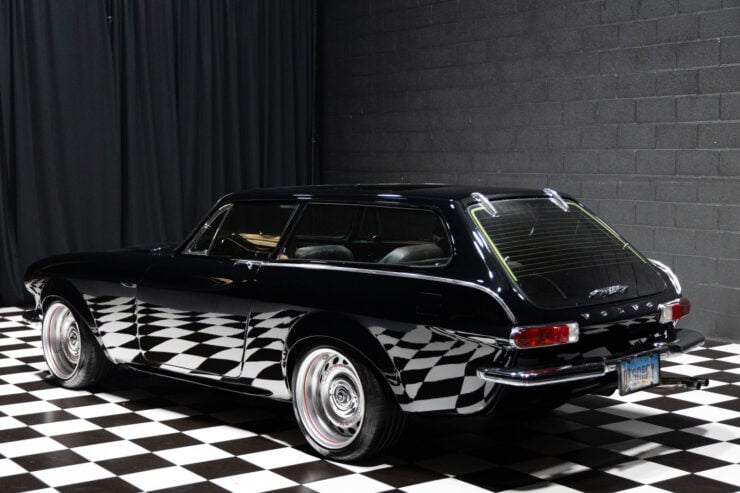
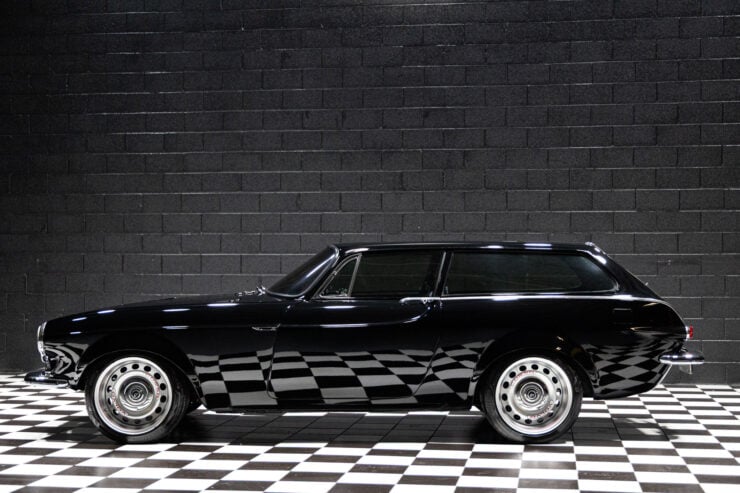
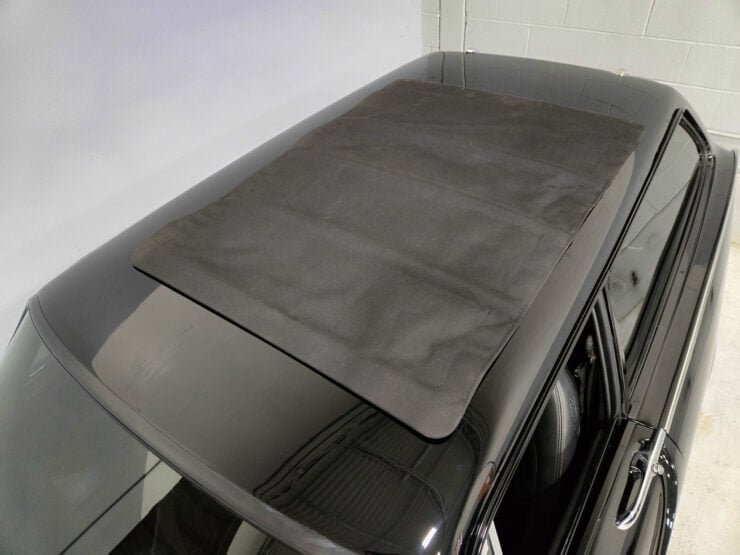
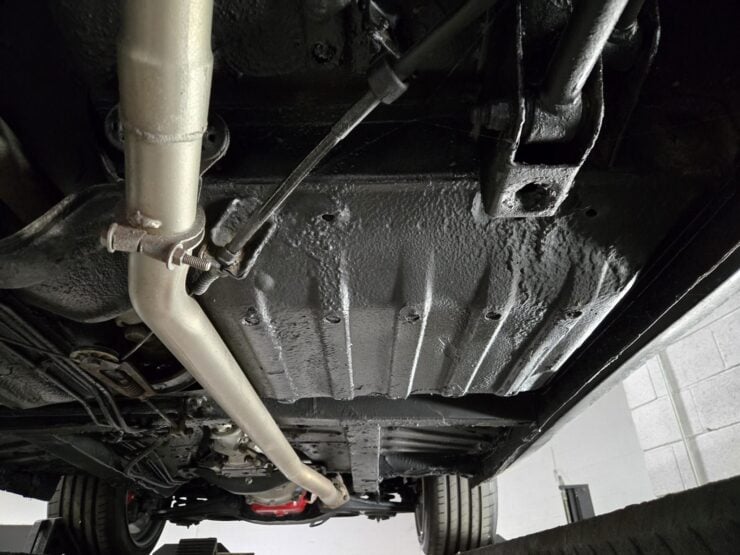
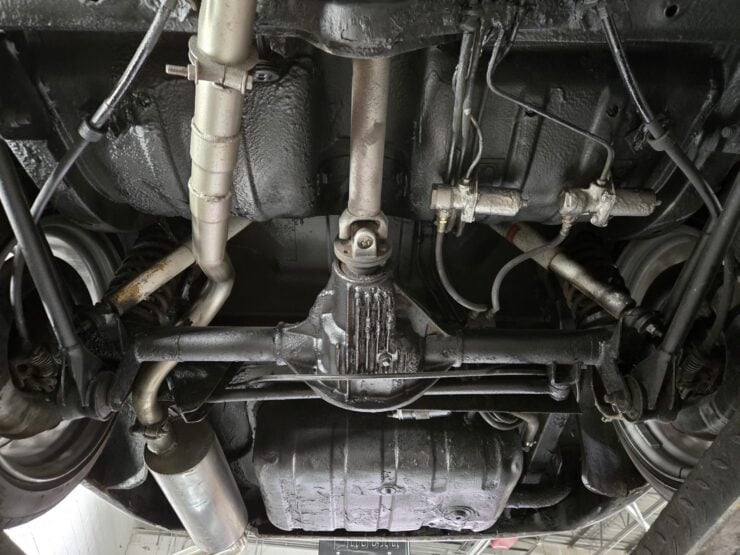
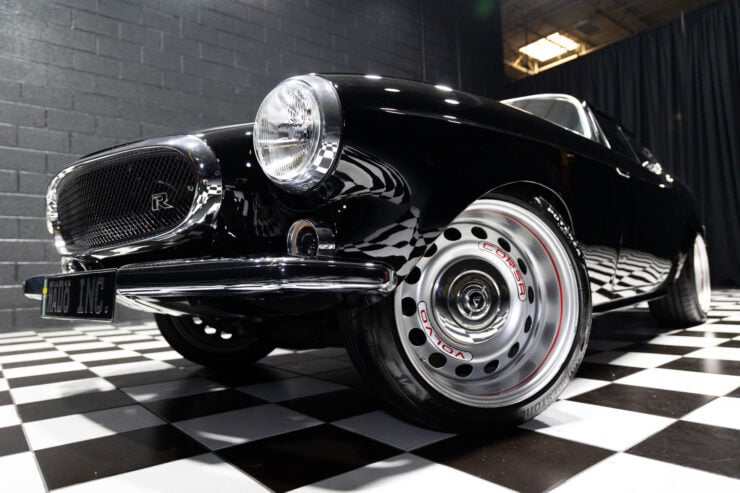
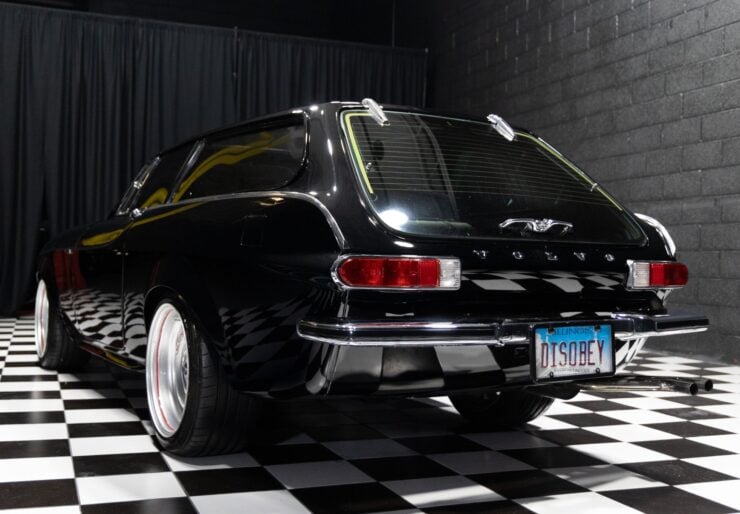
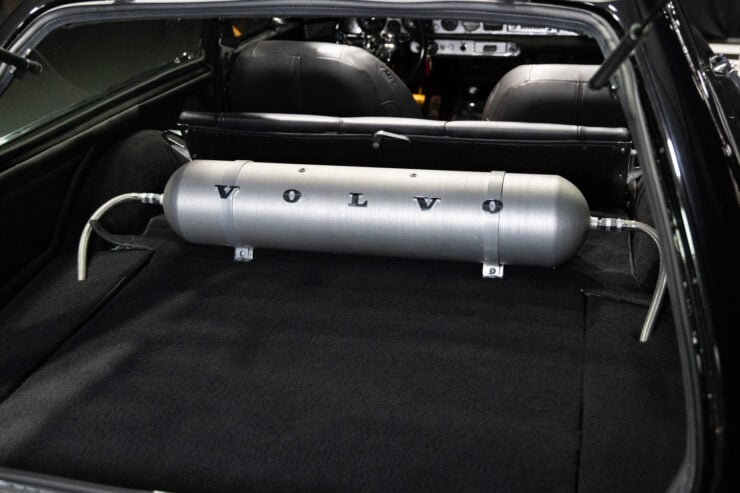
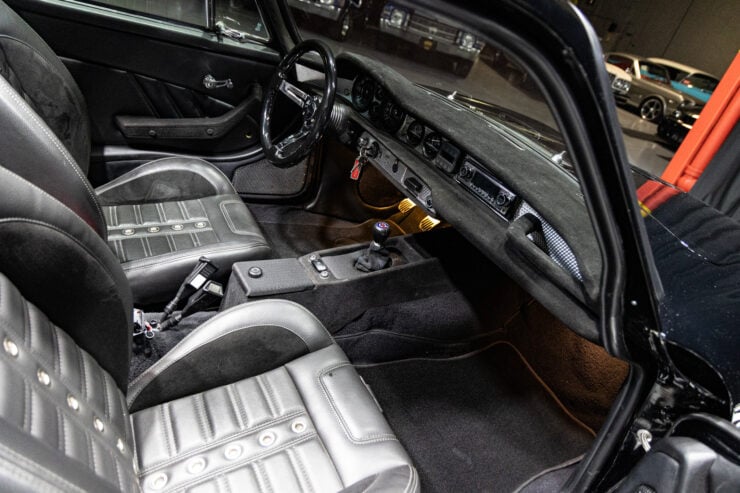
Images courtesy of Bring a Trailer

